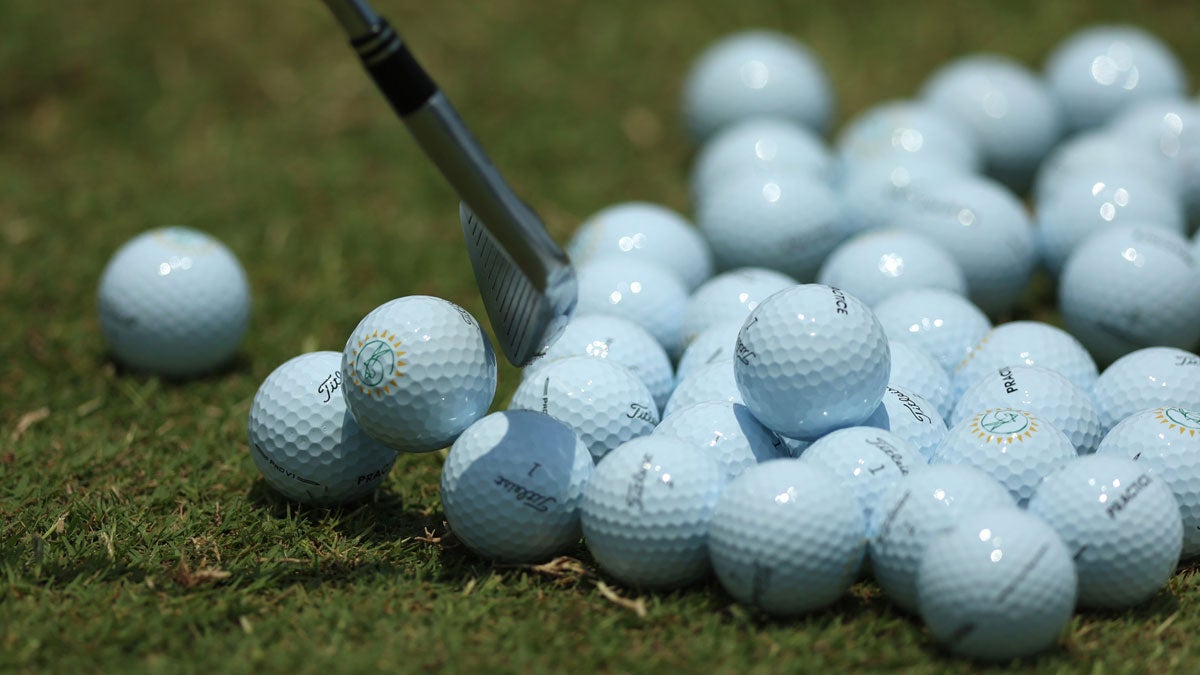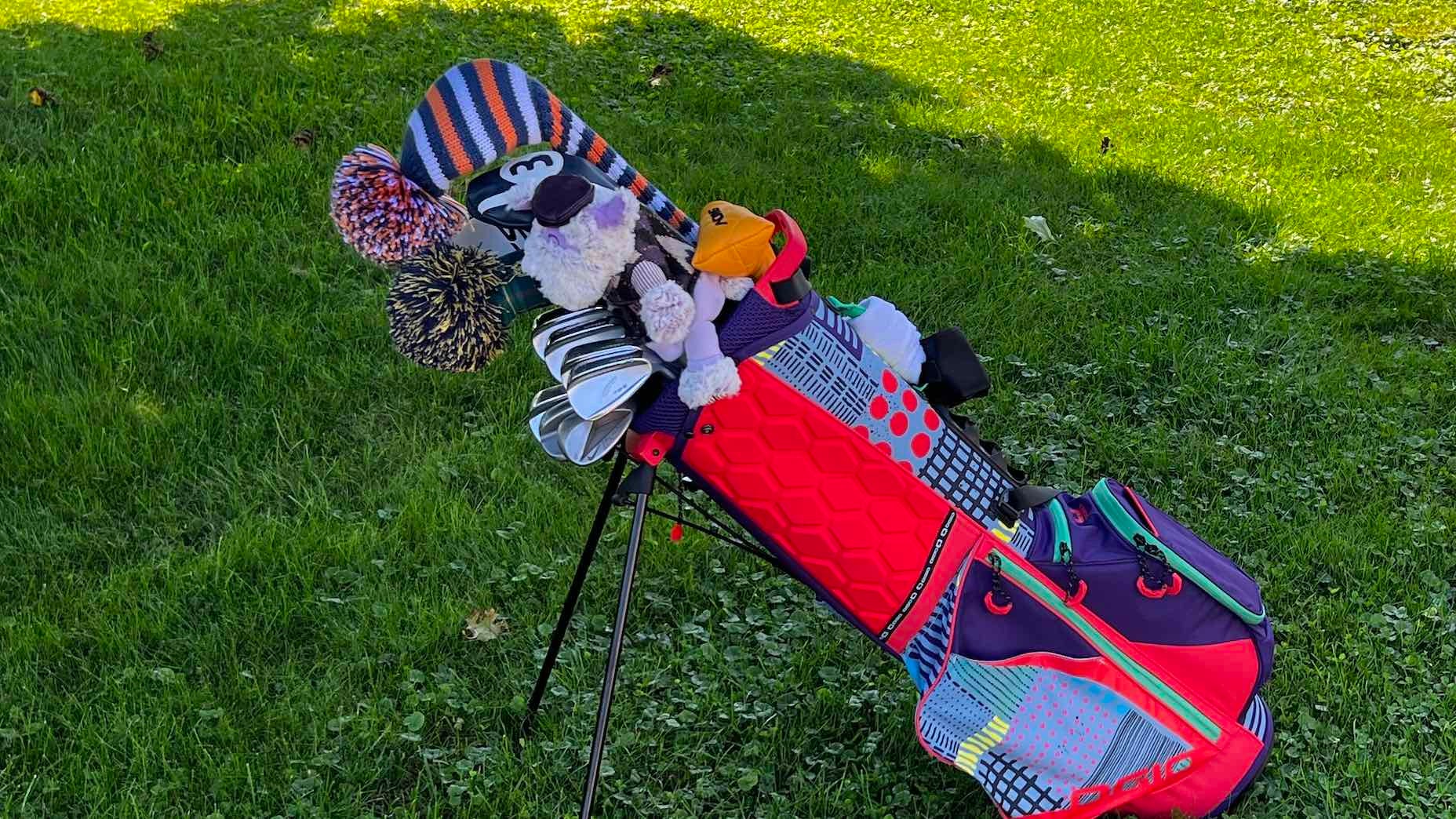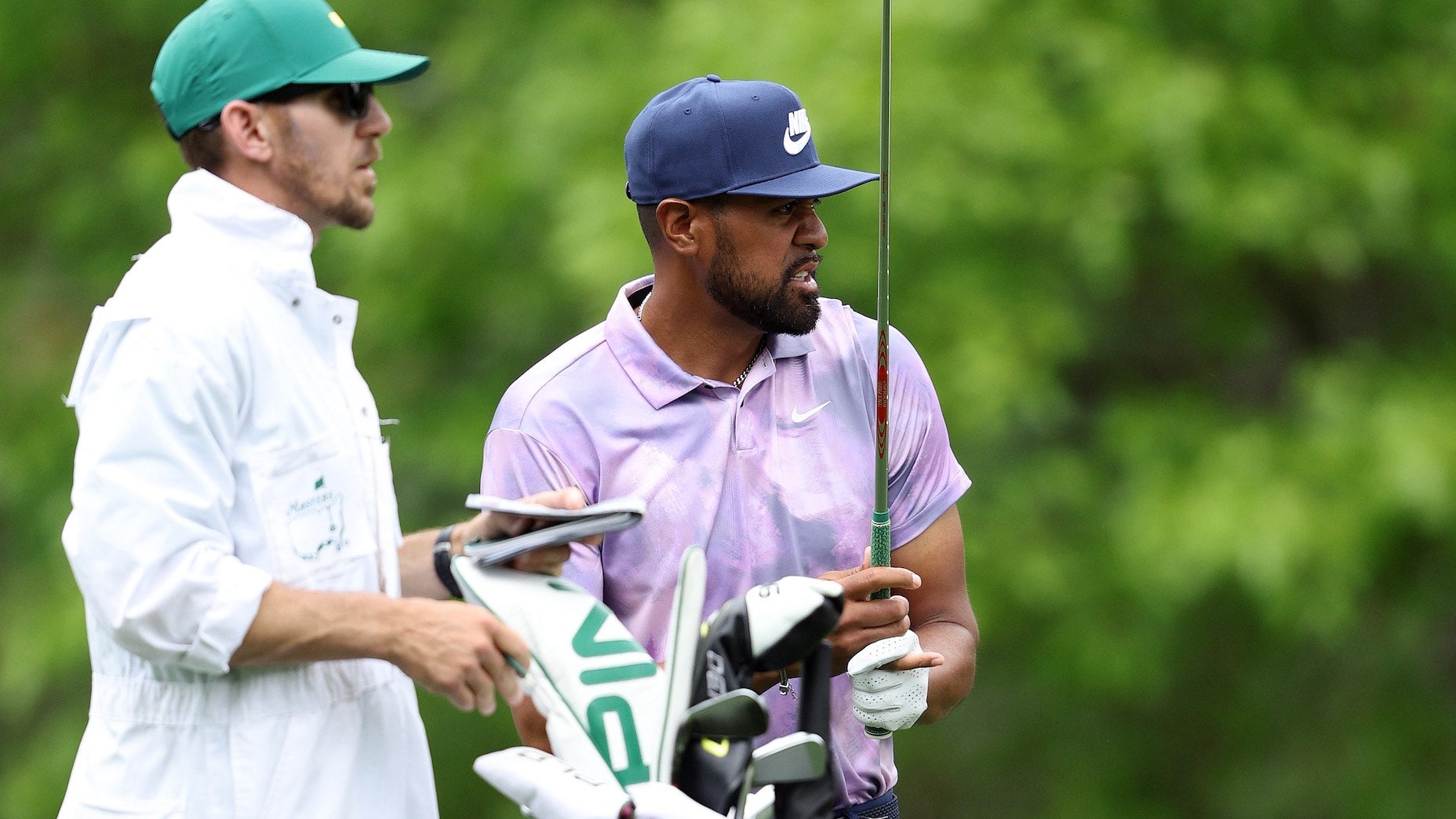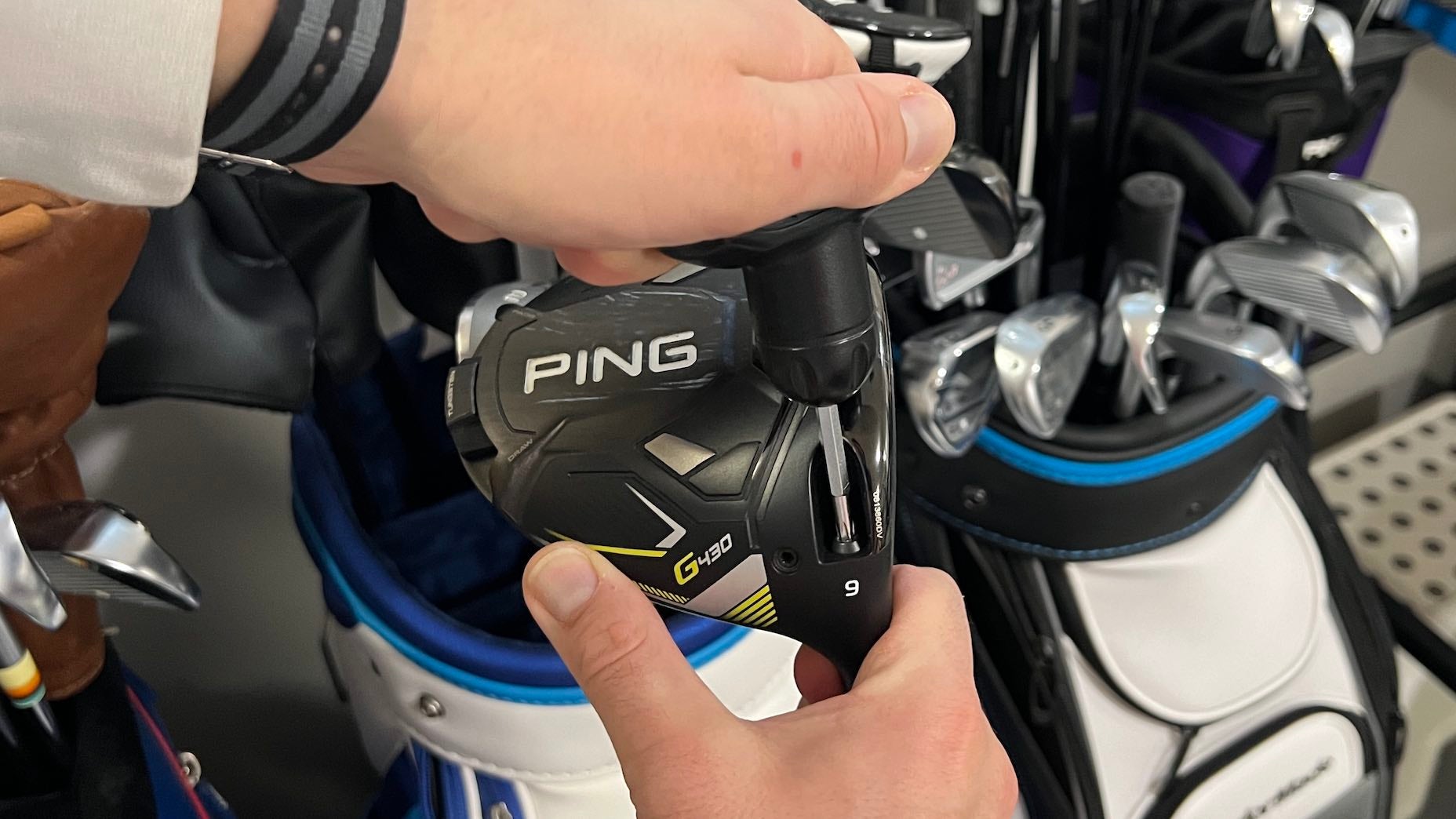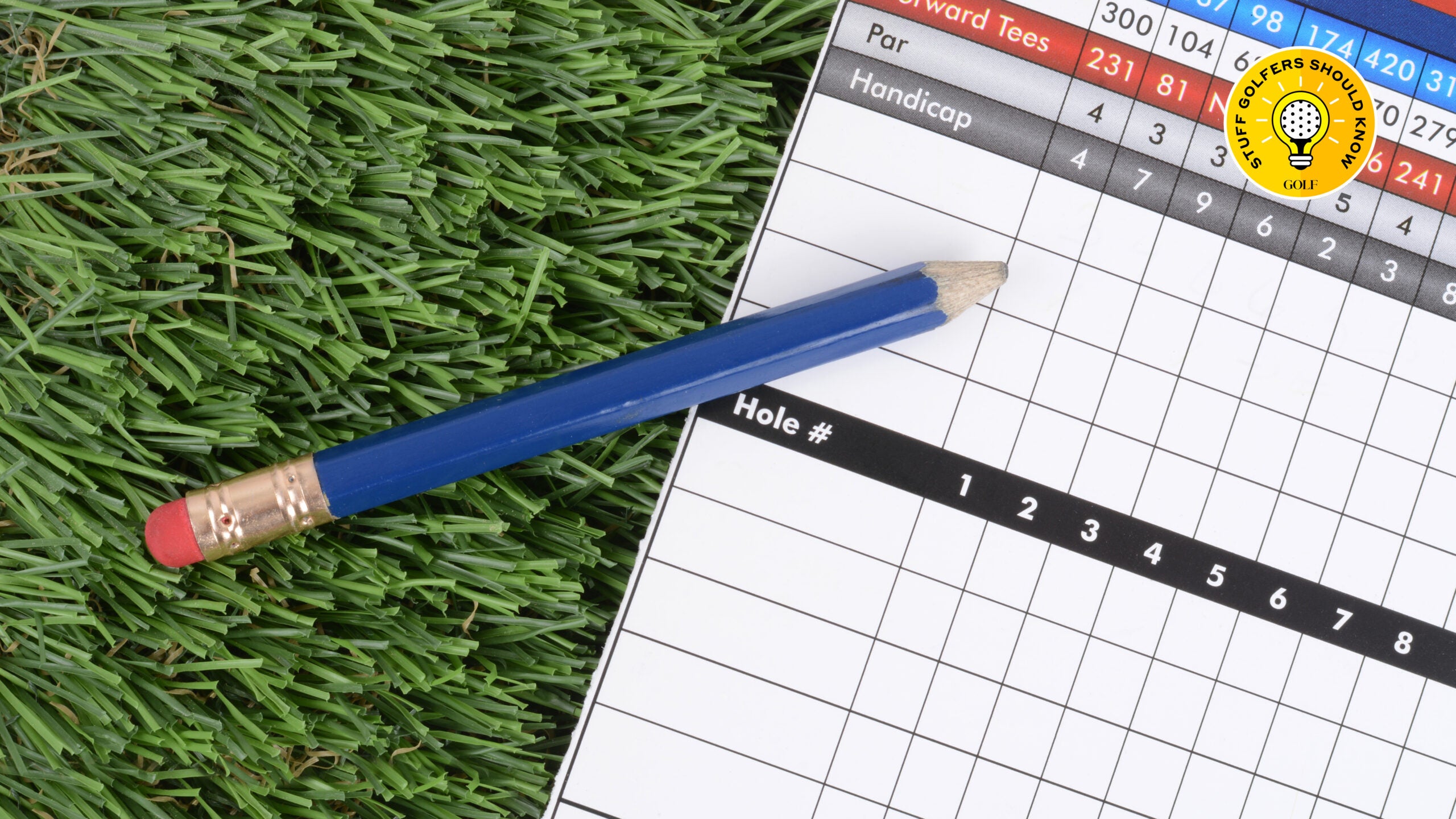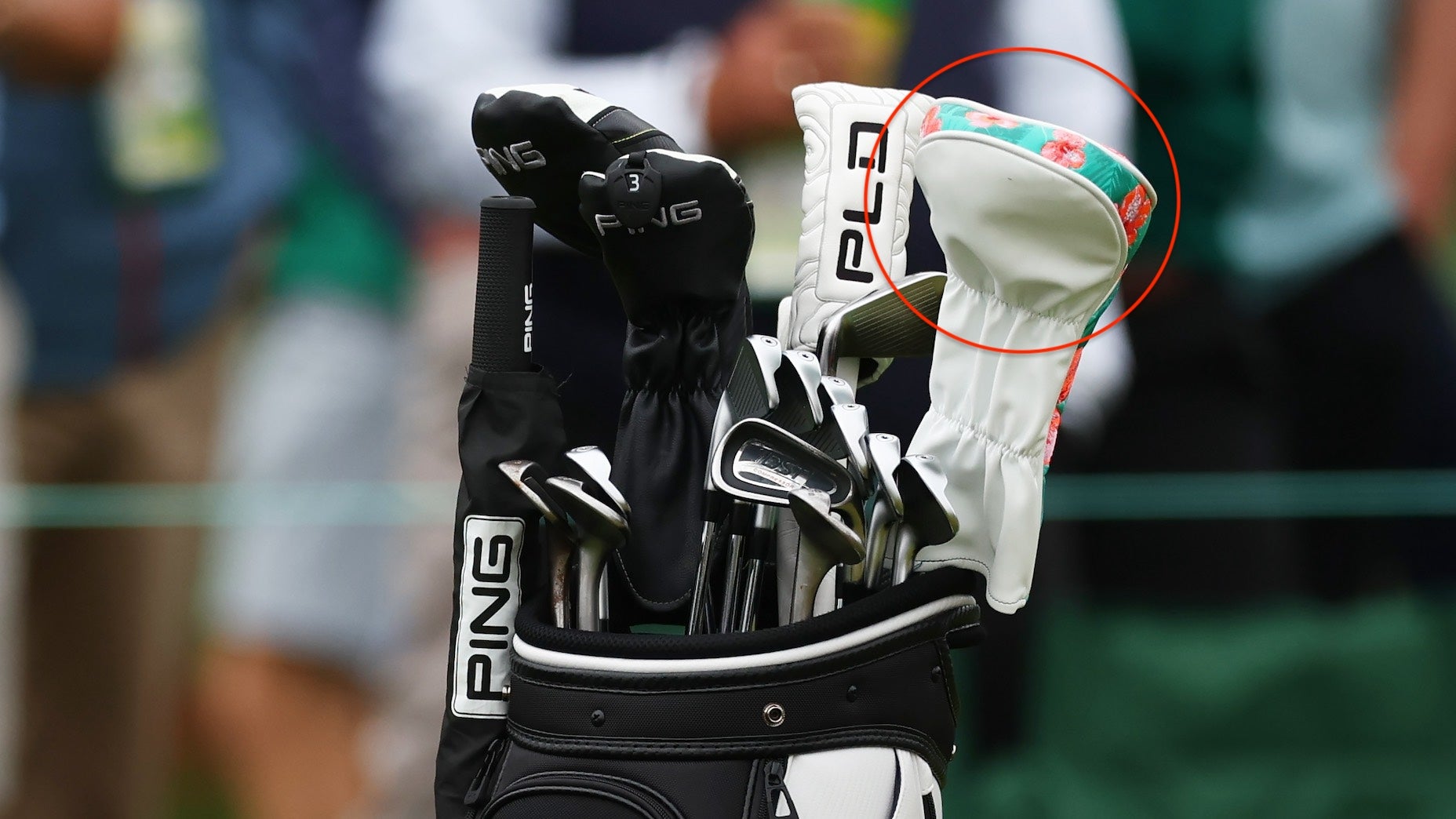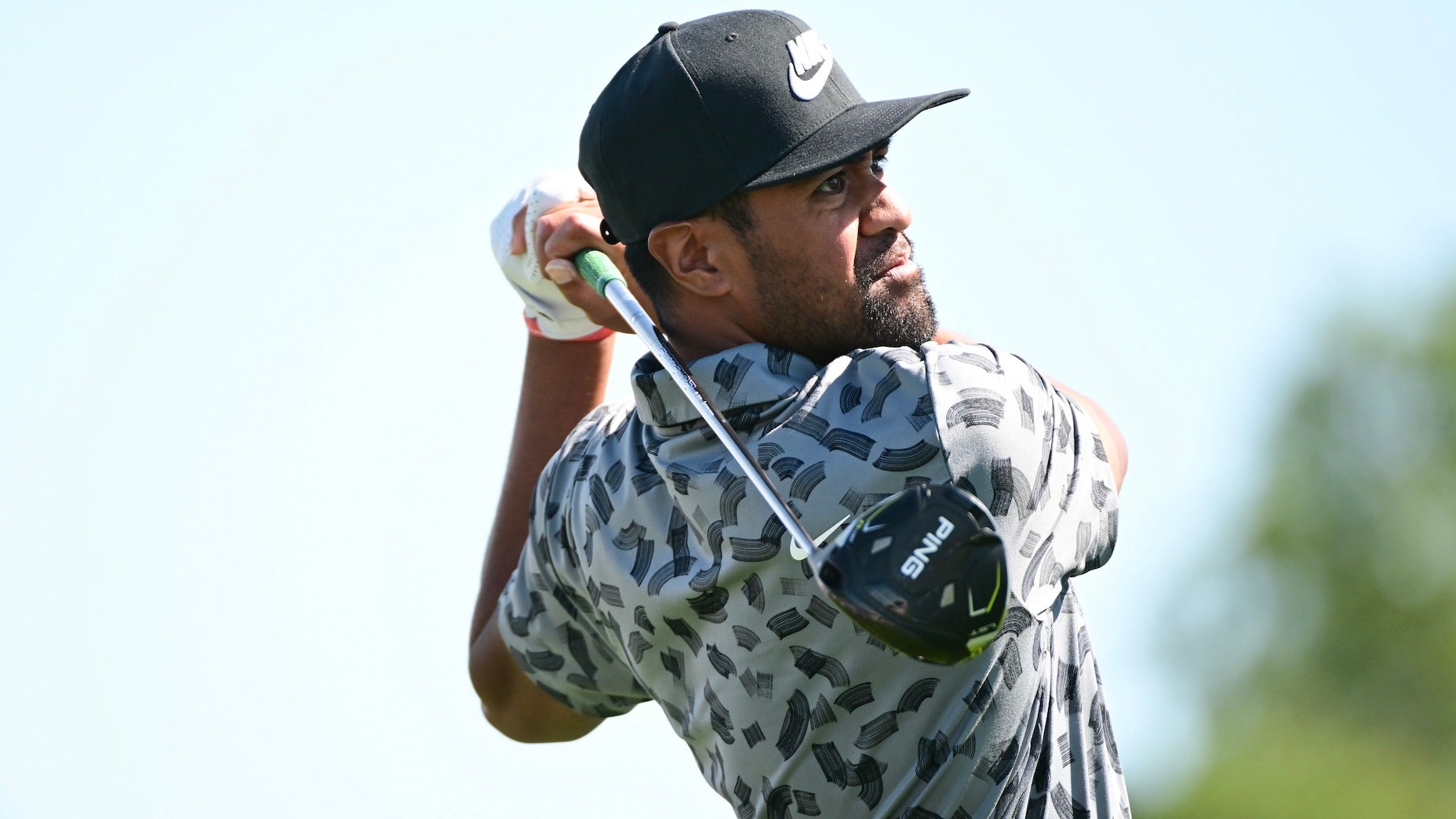The golf-ball rollback announcement has 1 significant surprise

Could we see changes to the driver as well in the future? The USGA is looking into two areas of interest.
Getty Images
Everyone is going to be talking about a golf-ball rollback Wednesday morning — and rightfully so. In four years, golf’s governing bodies will revise the ball testing conditions in an attempt to slow down the biggest bombers in professional golf. It will also impact everyday golfers two years later, in 2030.
Golfers will likely see the ball fly shorter in some form or fashion down the road. But what about the driver impacting the ball? For the moment, the 460cc behemoth in your bag won’t undergo any noticeable changes — outside of a 46-inch shaft length limit that went into effect in 2022 — but there’s no question the USGA and R&A once again are taking a look at the longest club in the bag.
Arguably the biggest surprise in the announcement, the governing bodies announced a continued effort to investigate driver performance in two areas: spring-like effect and off-center forgiveness. To be clear, this isn’t the first time the USGA and R&A have questioned whether the driver needed to change.
In 2020, their Distance Insights Project hinted at the potential for new conformance tests for clubs and balls, as well as the adoption of local rules that would allow courses to require limited-flight equipment. A Notice and Comment in March 2023 also identified an interest in investigating driver performance after repeated use, also known as “CT creep.”
1. CT Creep
According to the limits set by the USGA and R&A, a driver’s Characteristic Time (CT) — the spring-like effect — must be no higher than 239 microseconds. But that number can go up to 257 microseconds (plus-18) due to manufacturing tolerances, making it common for a driver to have a CT in the high 250s prior to testing.
While the driver face is considered to be within the limit, having a CT that starts around 257 is an area of concern, especially when it’s the starting point. Once the driver has seen repeated use at the highest level of competition, it’s likely the club would be deemed non-conforming upon further testing.
“This is contrary to the purpose and intent of the Equipment Rules,” the governing bodies said. “As such the USGA and The R&A are undertaking a comprehensive investigation of this phenomenon. Further details on this topic will be forthcoming in due course.”
It’s important to note no changes are being made to the CT for golf clubs at this time, but according to a Notice of Decision, “it has become evident that many clubs are being manufactured close to the upper limit of the tolerance and as those clubs change through use over time, they may consequently exceed the CT limit. Therefore, the R&A and USGA will introduce additional testing on submitted drivers to identify and proactively address driver models that are close to the tolerance levels and have CT values that are more likely to exceed the CT limit through regular use.”
Along with continuing to test the drivers used on the PGA Tour for “CT creep,” drivers being submitted for conformance — think new prototypes that could be coming to retail — would still undergo strict CT testing before making the conforming list. For example, drivers with a CT that’s “in close proximity to the limit” (i.e. CT ≥251 ms) are required to send additional samples to verify the entire batch is conforming.
“These proactive measures will have little impact on driving distance but are being proposed to ensure that the standards expected by stakeholders are maintained with future innovation,” the notice concluded.
2. Off-center forgiveness
Off-center forgiveness has been a godsend for recreational golfers. For those who struggle with impact consistency, knowing you can miss it on the toe or heel and only see minimal carry distance dropoff can boost confidence.
Whether pros need the same level of forgiveness in their lives remains to be seen.
“We do still continue to hear from players at the elite level around the forgiveness of current equipment and can you address it?” Thomas Pagel, the USGA’s chief governance officer, told GOLF.com. “And if players are asking those questions, we don’t feel it’s right just to completely cast it to the side. So we want to continue to research and identify if there are solutions and if there are, we could look to implement those in the future. But this isn’t some plan where we have a solution in the back of our mind and we’re going to come out a year from now and address it. We truly are just going to continue to research it and work with the industry for an understanding and perspective.”
Going forward, the USGA and R&A will continue to look at off-center hits that result in “minimal impact on accuracy and hitting distance” at the elite level. In the past, research into a Model Local Rule for just the driver revealed it would impact multiple clubs in the bag as well, which turned out to be an issue.
“That would just be a lot for the game even at the highest level to take on,” Pagel said. “So we set that Model Local Rule to the side notwithstanding.”
For the moment, the governing bodies don’t have a solution to the off-center forgiveness question, but it remains something they still want to research further, especially with ball changes coming in 2028.

